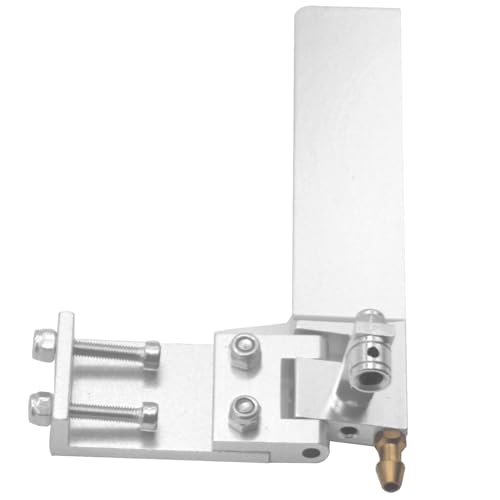LohringMiller
Well-Known Member
- Joined
- Jan 25, 2017
- Messages
- 987
RPM = 108K ( 1st hamonic ) 97K ( 2nd harmonic ) 54K ( 3rd harmonic ) / L ( inches )
So examples are 1st Harmonic 6000 rpm = 18",and 12,000 rpm = 9"
2nd Harmonic 6000 rpm = 16.16" and 12,000 rpm = 8.08"
3rd Harmonic 6000 rpm = 9" and 12,000 rpm = 4.5"
The length of the intake tract through the carb to the piston equals 108,000 divided by the RPM for the first harmonic.
Sorry, the formulas aren't the way I would have written them. I would have written L = 108,000 (1st harmonic) / RPM etc.
We don't get close to the third harmonic lengths even at over 20,000 rpm in gas engines. (54,000/20,000=2.7 inches) The intake tracts are around 1" long. Still, there is some effect with different length isolator blocks.
Lohring Miller
So examples are 1st Harmonic 6000 rpm = 18",and 12,000 rpm = 9"
2nd Harmonic 6000 rpm = 16.16" and 12,000 rpm = 8.08"
3rd Harmonic 6000 rpm = 9" and 12,000 rpm = 4.5"
The length of the intake tract through the carb to the piston equals 108,000 divided by the RPM for the first harmonic.
Sorry, the formulas aren't the way I would have written them. I would have written L = 108,000 (1st harmonic) / RPM etc.
We don't get close to the third harmonic lengths even at over 20,000 rpm in gas engines. (54,000/20,000=2.7 inches) The intake tracts are around 1" long. Still, there is some effect with different length isolator blocks.
Lohring Miller



































